Learn how to effectively control the root cigarette
quarta-feira, janeiro 11, 2023
According to professor-doctor Newton Macedo, consultant, who also worked at the institutions Federal University of São Carlos (UFSCar) and University of São Paulo (Esalq/USP), among others, it is necessary to control the cicada of the roots of sugarcane already in the 'first generation'. In this scenario, Albaugh, manufacturer of the insecticide Porcel, started a management process based on Macedo's methodology.
Each generation lasts on average sixty days, totaling 180 days. In the six months thereafter, M. fimbriolata remains in the soil in the form of eggs, as if they were 'seeds' in diapause. The following spring, with the rains, the 'surviving eggs' have already completed the diapause (average 210 days), and are 'ready' to hatch the nymphs of the first generation", explains the researcher.
According to Macedo, such nymphs leverage, in the period from December to March, the second and third generations of the cicada, closing the plague cycle. "As 77% of sugarcane biomass accumulation takes place from October to March, the presence of the insect is harmful even in the first generation. So this is the right time to stop your evolution."
"Controlling the pest in the first generation does not require the sugarcane producer to be oversized in terms of equipment, to cover all areas in the ideal timing, macedo says. On the other hand, he recalls, if there is a need to reach the plague in the second or third generation, it will be practically inevitable to record losses in the quality and quantity of sugarcane.
Experts claim that the root cigarrinha reduces the productivity of the crop from 15% to 80%, and around 30% the quality of the raw material.
Source: Agrolink

.jpg)
.jpg)







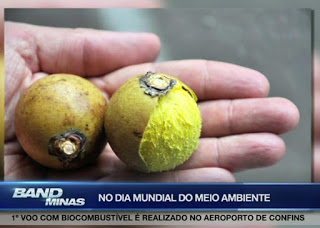
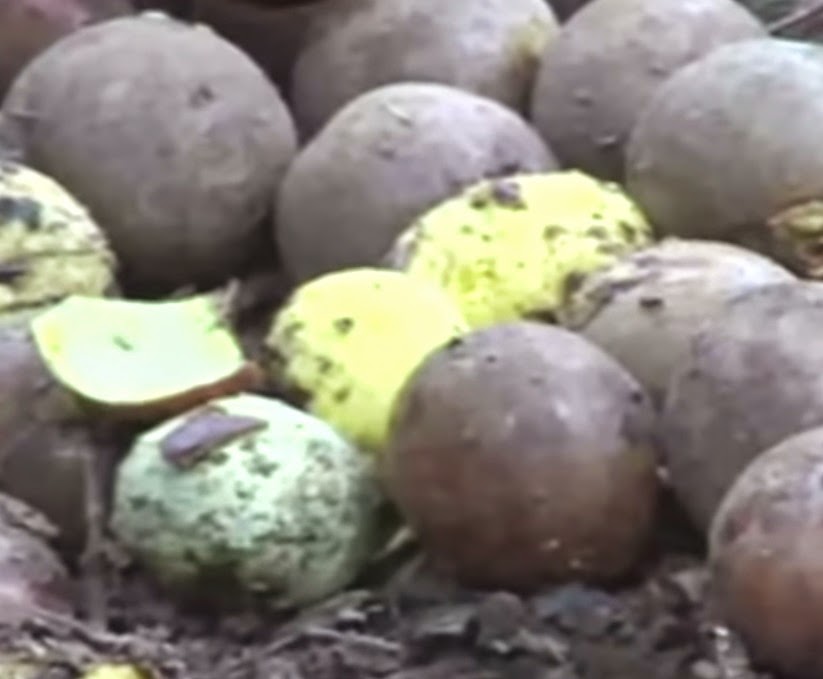
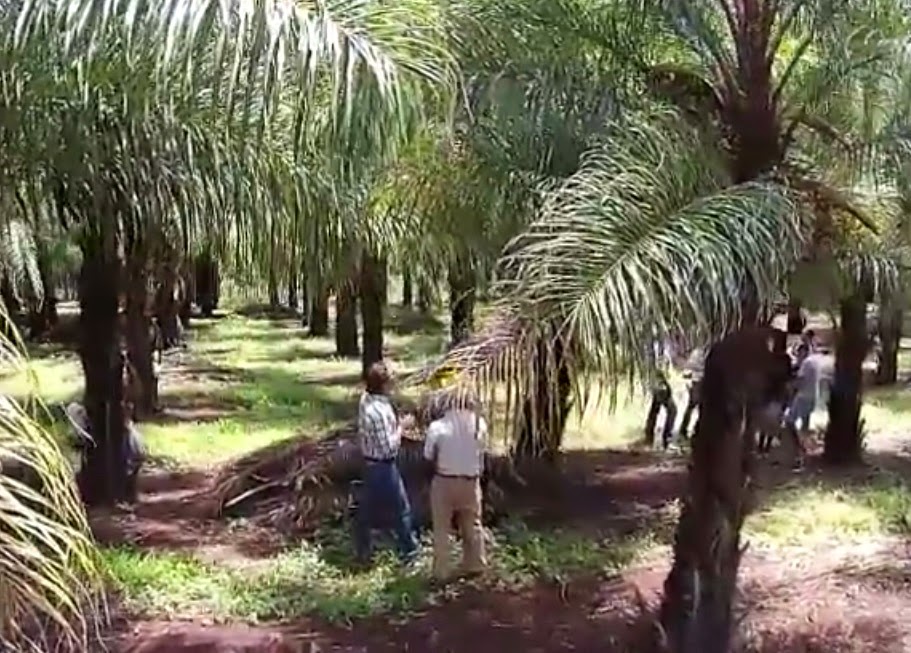

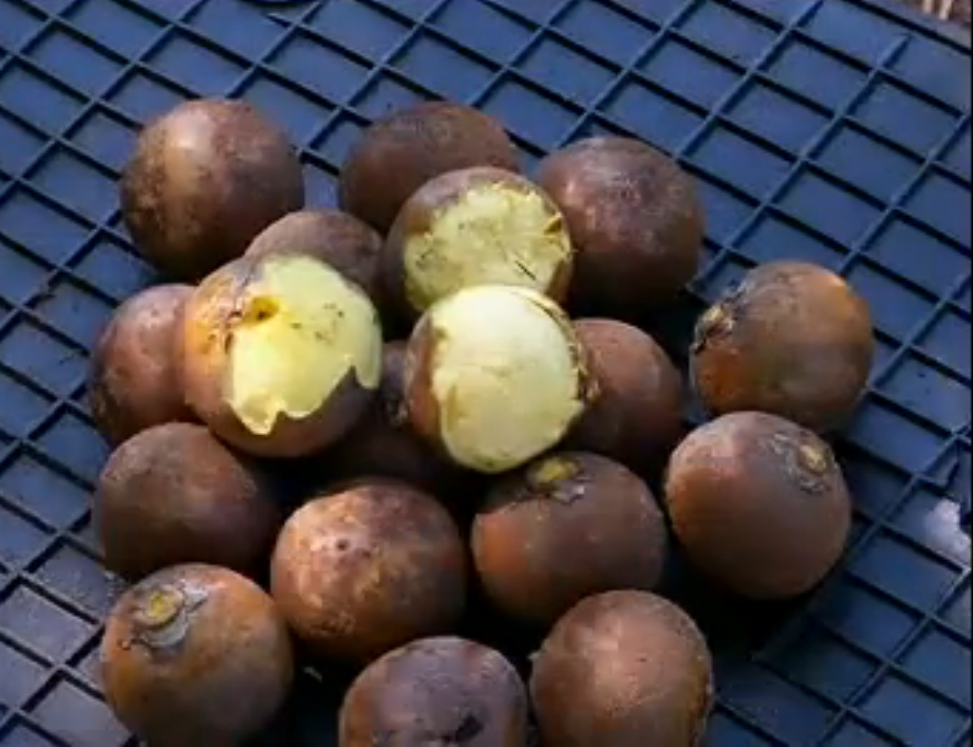
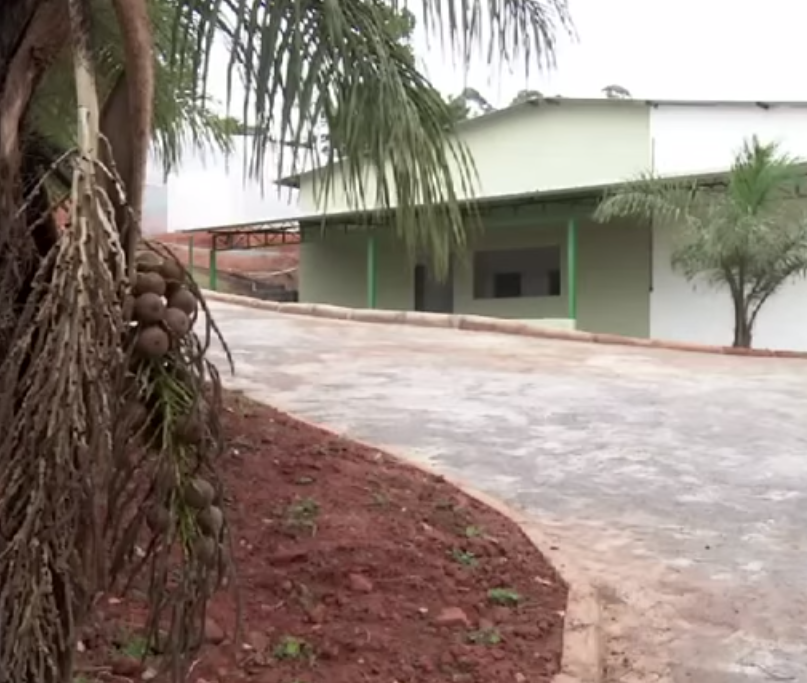
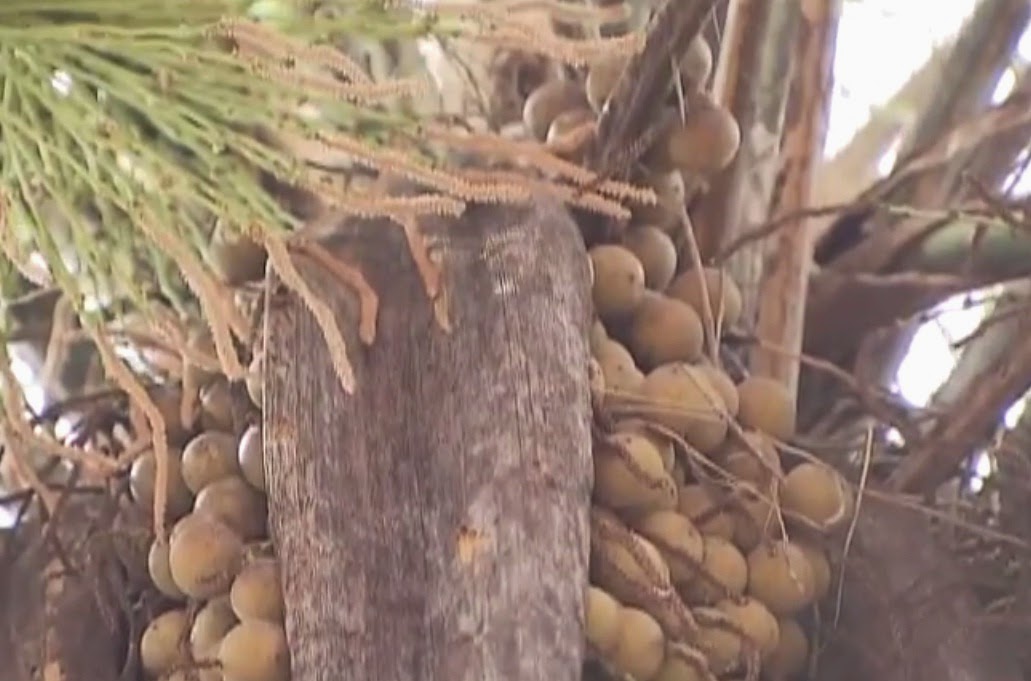
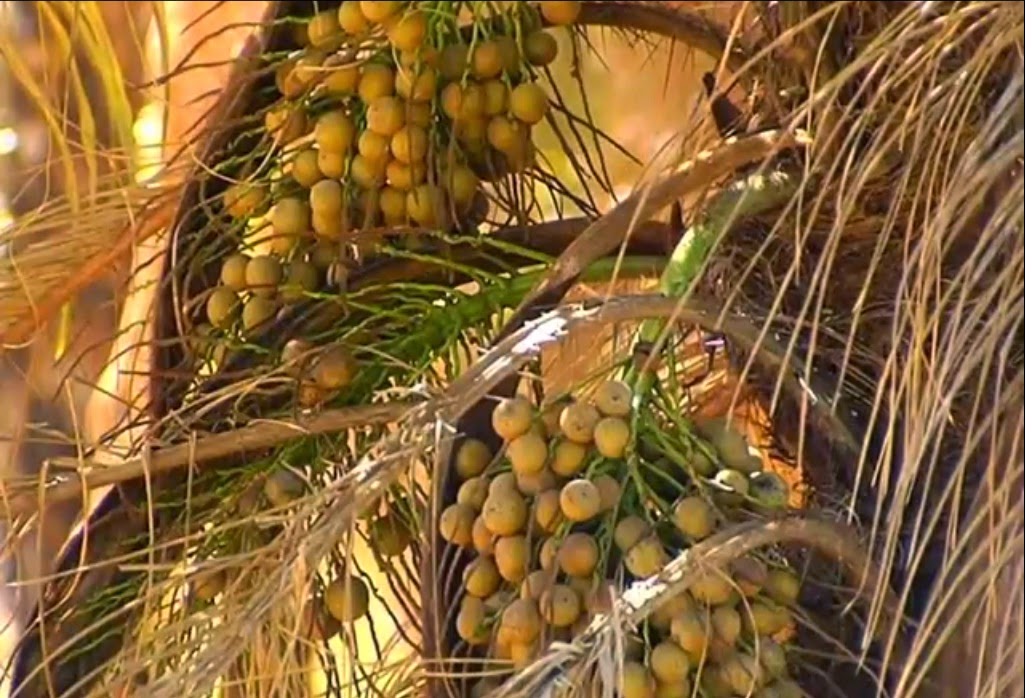

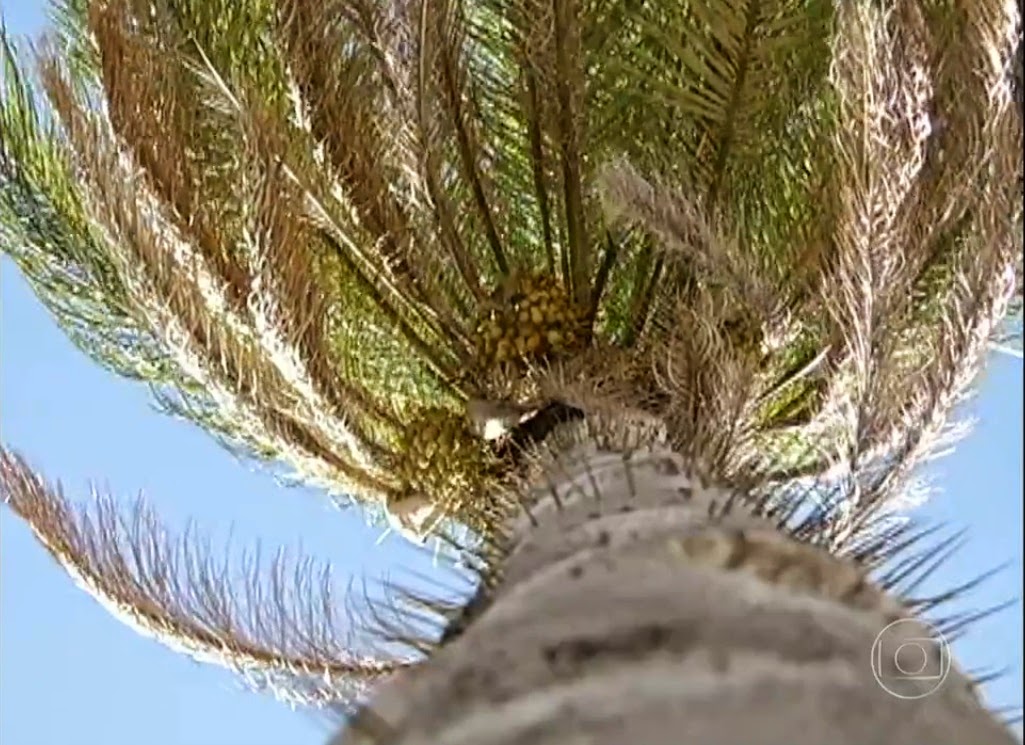
0 comentários
Agradecemos seu comentário! Volte sempre :)